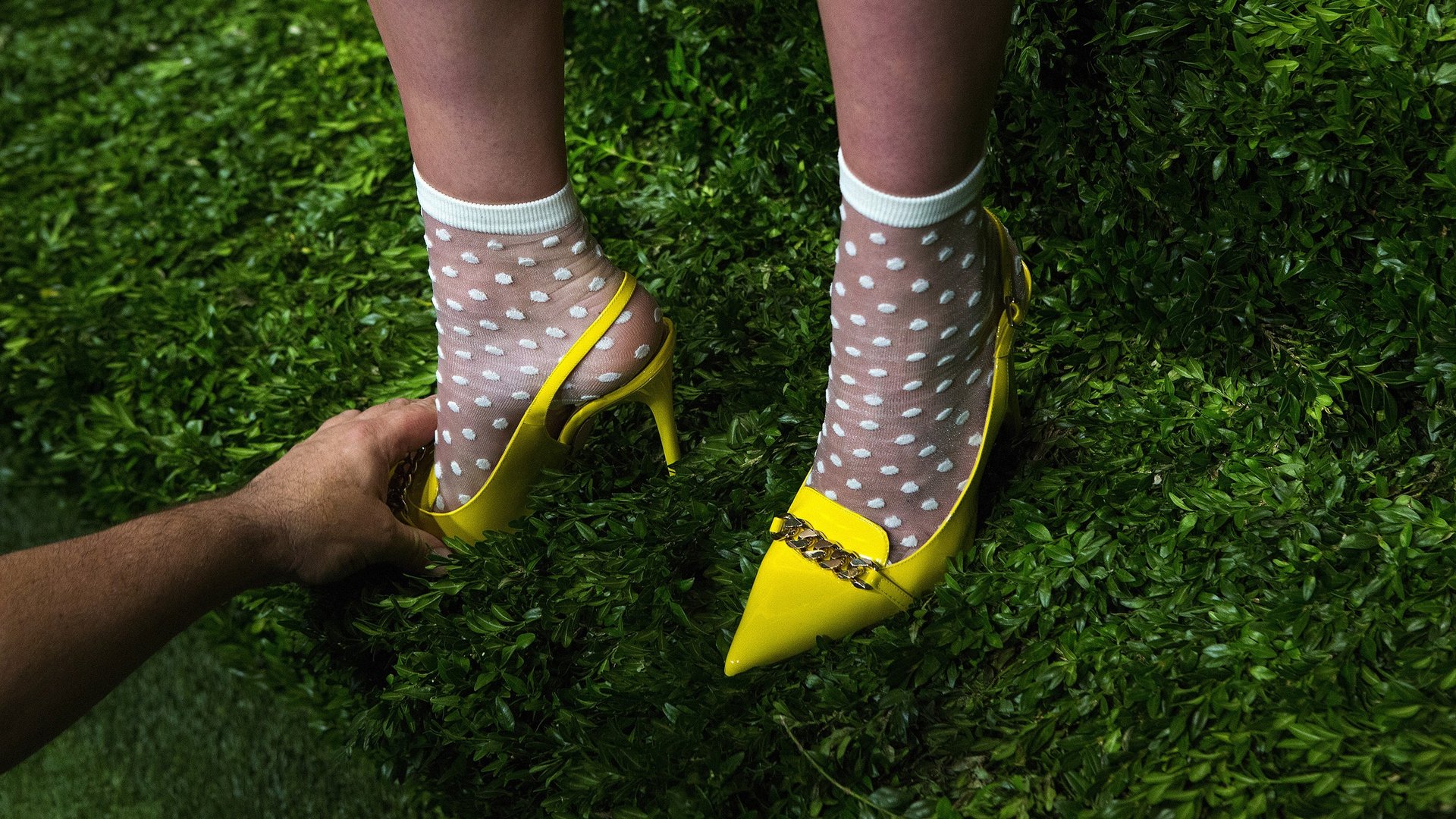People will eventually buy their designer clothing on Amazon, because they buy everything there
Amazon peddles just about everything, but one industry that’s resisted selling through the site is designer fashion. The products would lose their exclusivity and prestige if hawked alongside electronics and books on the the cluttered, sprawling marketplace.


Amazon peddles just about everything, but one industry that’s resisted selling through the site is designer fashion. The products would lose their exclusivity and prestige if hawked alongside electronics and books on the the cluttered, sprawling marketplace.
All signs indicate, however, that the e-commerce monster is becoming a major destination for both apparel shoppers and wealthy customers. While Amazon won’t soon become a hot spot to shop for luxury labels, less-expensive designer brands are under increasing pressure to get on board, particularly as department stores continue to decline and Amazon Prime booms.
Amazon is on pace to overtake Macy’s as the top the top fashion retailer in the US next year. At the same time, membership to Amazon Prime, which charges a monthly or annual fee for perks such as free two-day shipping, is rapidly growing. Amazon said membership increased 50% in 2015 alone; estimates put its numbers as high as 54 million people (pdf).
It happens that Prime’s penetration is greatest among upper-income households, and Prime members like to buy clothes. In a new research note to clients, Morgan Stanley found that these customers were about 5.5 times more likely to “frequently” purchase clothes on Amazon than their non-Prime counterparts. Prime members generally shop more, by one estimate making twice as many purchases and spending about 40% more per transaction. The Morgan Stanley authors say it “creates a multiyear, growing tailwind to Amazon’s apparel business.”
A customer base like that appeals to designer brands, even if Amazon the site doesn’t. Amazon may need a separate landing page and design overhaul before it can attract certain labels, but according to Morgan Stanley’s research, the Amazon shopper isn’t too concerned with how curated the site is. Their surveys found that “convenience, Prime, and broad selection—the same factors that have driven [Amazon’s] success in other categories—are driving its growth in clothing/apparel as well.” On top of that, 35% of women said Amazon was an “excellent” or “great” source of fashion inspiration.
To attract hesitant labels, Amazon has broken from its typical approach and agreed not to discount their goods, the Wall Street Journal reports (paywall). For companies such as Nicole Miller and Kate Spade, all these factors make selling through Amazon attractive, particularly as department stores continue to decline—largely because much of their business is moving to Amazon.
(The Wall Street Journal listed Tory Burch among the brands still refusing to sell on Amazon, but a search shows it currently selling footwear, handbags, and other accessories on the site. We’ve reached out to Tory Burch for comment and will update this post with any response.)
Nordstrom, which among department stores has a reputation for the most upscale offering, has admitted Amazon’s effect. Traffic at brick-and-mortar stores is down, co-president Pete Nordstrom said in a recent interview with WWD (paywall), and “Amazon has a lot to do with it.”
Designer labels are facing a big choice: They can protect their images, or they can dive in and leverage Amazon and its huge customer base to their advantage.